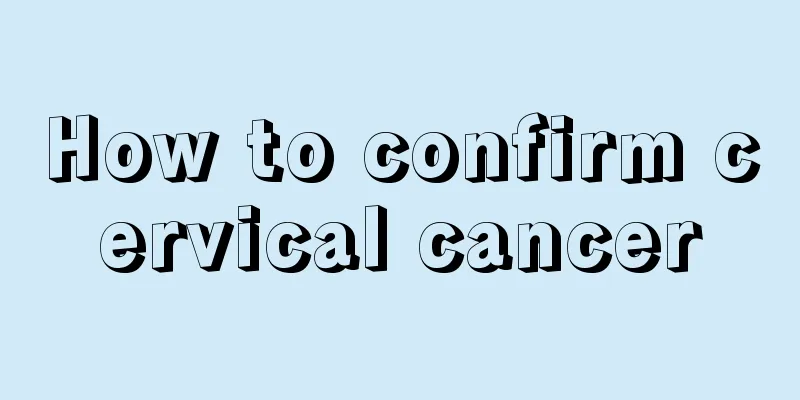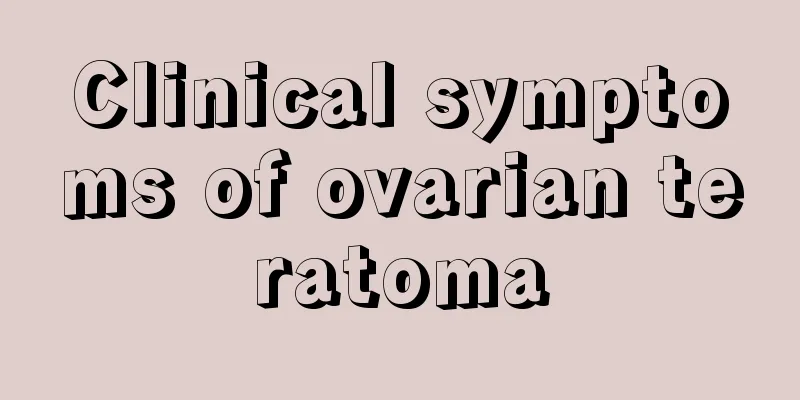Laparoscopic cholecystectomy is feasible for precancerous lesions of the gallbladder

|
For precancerous lesions and benign diseases of the gallbladder, timely treatment can effectively prevent the occurrence of gallbladder cancer. Clinically, laparoscopic cholecystectomy is used to treat precancerous lesions of the gallbladder, and good results have been achieved. Laparoscopic cholecystectomy (LC) is the gold standard for the treatment of benign gallbladder diseases and precancerous lesions. It is divided into two types: antegrade (starting from the cystic duct) resection and retrograde (starting from the gallbladder fundus) resection. Traditional open cholecystectomy has poor targeting, large trauma, slow wound healing, and is prone to complications, resulting in great pain for patients and poor postoperative recovery. In comparison, laparoscopic cholecystectomy is less invasive, less painful, has a quick recovery, and is highly targeted, and is quickly accepted by surgeons and patients. Laparoscopic cholecystectomy (LC) involves inserting a special catheter into the peritoneal cavity and injecting about 2 to 5 liters of carbon dioxide. After reaching a certain pressure, 3 to 4 small holes of 0.5 to 1.5 cm are made in the patient's abdomen, dissecting the gallbladder triangle structure, cutting and clamping the cystic duct and cystic artery, and then removing the entire gallbladder including stones or polyps. If the gallbladder is too large, the gallbladder can be moved to the abdominal wall puncture, the gallbladder can be cut open, the bile can be sucked out with an aspirator, or the stones can be clamped out. The gallbladder can be taken out of the body after it collapses. Then, the gallbladder is carefully removed under laparoscopic operation. The entire operation only takes about 30 minutes to 1.5 hours. |
<<: Radiotherapy is a common treatment for bone metastasis
>>: Flexible cystoscopy has many advantages in postoperative follow-up of bladder cancer patients
Recommend
What are the final symptoms of advanced lung cancer lymph node metastasis?
What are the final symptoms of advanced lung canc...
Dietary considerations after colorectal cancer surgery
After the patient has undergone surgery, it is ne...
Is it good to get vaccinated in summer?
Vaccines are essential medicines in modern life. ...
Do you understand the symptoms of fibroids?
In modern society, the number of patients sufferi...
How to wrap walnuts
I believe everyone has eaten walnuts in their dai...
How to prevent breast cancer? Pay attention to these 4 points to prevent breast cancer
When it comes to breast cancer, all female friend...
How hereditary is melanoma?
How hereditary is melanoma? Surveys have found th...
How to prevent liver cancer better? To prevent liver cancer, we need to establish 5 lines of defense
How to prevent liver cancer? Prevent hepatitis vi...
Can pregnant women use a hair dryer? Be careful not to catch a cold
A hair dryer is an electrical appliance that we o...
Which hospital is good at treating skin cancer
In recent years, with the development of society ...
Can cancer screening detect nasopharyngeal cancer?
At present, nasopharyngeal cancer screening mainl...
Which department should I go to for tooth filling?
Dental problems are very common. As people age, t...
Hospital skin cancer screening method
Skin cancer is the most common type of cancer in ...
Dietary taboos for patients with endometrial cancer
Endometrial cancer is a group of epithelial malig...
The efficacy of Bupleurum chinense bark
I believe that everyone does not have a clear und...









